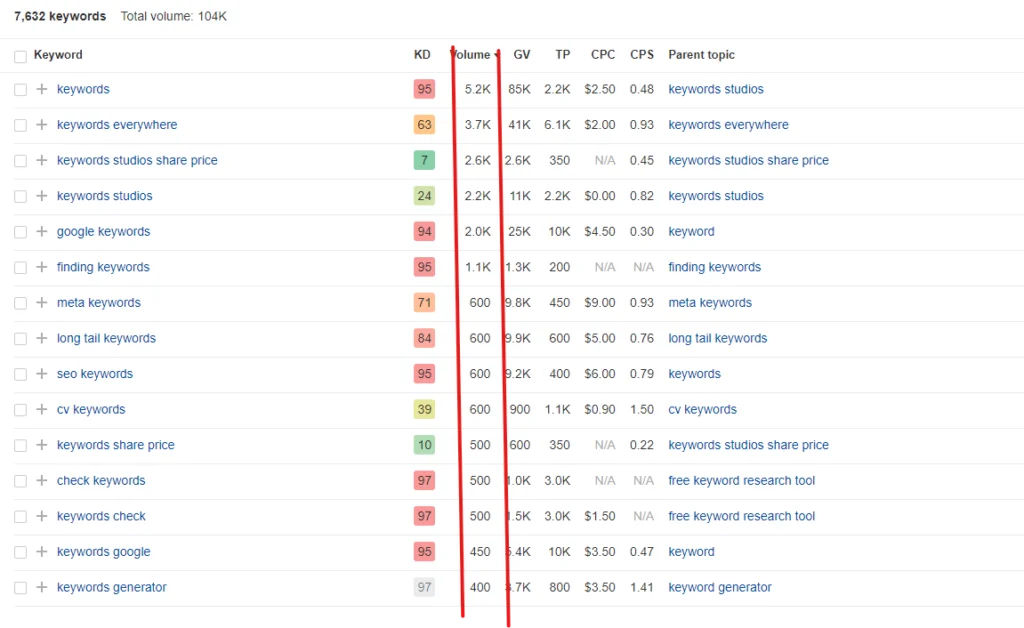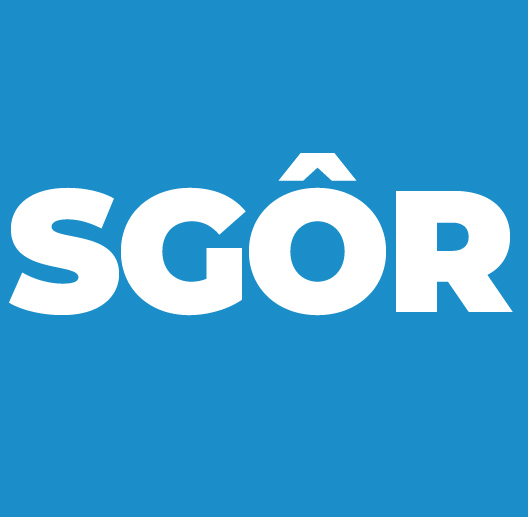Sgor
Web Design Wales with Sgor Digital Marketing
So what does SEO Ready mean? Is it needed? How important is it?
‘SEO ready’ and ‘SEO optimised’ is a hot topic when it comes to web design and performance, and unfortunately, its definition is often very soft and vague.
SEO stands for ‘search engine optimisation’, meaning that your website is built with search engines like Google, Yahoo and Bing in mind, with the aim of it ranking well. The problem is that it can be a very ambiguous term. However, although the core of SEO can be complicated to understand, it’s basic concepts are easy to grasp and apply to your site. Its complexity comes from the fluidity of the required standards – the goal posts are continually shifting and can often mean very little. So SEO has become a buzzword – you are looking for a product that uses it as a feature, then breaking that product down to look at the smaller details, because the product itself may not mean anything in terms of SEO.
Don’t believe the hype – unless you fully understand SEO and are ready to take it on, what is the point of having a website that is SEO ready?
The services that we provide are not so much to ‘get you ready for SEO’ – instead we build websites with the specific goal of ranking on the most popular search engines. We build websites designed to get results, meaning that SEO has to be one of the pillars that the site is built on, not just something that is done when tidying up the site.
Websites need to be specifically built with search engines, such as Google, in mind. From the very beginning, our aim is to educate our customers about the value of good SEO and to make sure a website performs quickly and efficiently. You can see first-hand how your site performed by using our unique page optimisation link. We try and keep our code neat and tidy and presented in a way that, notably, Google likes. We add ‘alt text’ to your images. Making sure that the content we write and your page names all enhance your ranking. We also offer post website SEO as a monthly service whereby we look to build links to your site that are high in value and relative to your industry. Ultimately, we develop content for your website that will build your reputation
Whilst the meaning of SEO is Search Engine Optimization, it actually requires a number of smaller detailed and targeted tasks to achieve this. A Number of famous SEO experts all claim to have the ‘absolute SEO checklist’, however there’s no strict guidelines, SEO in fact is different for everyone. SEO Strategies are ever changing, alongside the depth of the SEO Tools which are now available, SEO specialists now have a variety of tools, strategies, tactics and guides to help embark on their journey to the number 1 position of Google.
What’s included in typical SEO Practices: SGOR’S SEO Checklist for 2022: Some things to focus on when practicing SEO on your Website, and why they’re important.
1. Keyword Research

One of the first steps of building a website with SEO in mind, is understanding your keywords.
Keywords are the phrases that customers will use to find you online. For example: If you are a bakery, your customers may search for Bakery near me, Bakery, Pastries, Cakes near me, Homemade bread, etc.
You should know what keywords your target audience would like to use when they search for your services or products. You could waste a lot of time and effort if you don’t spend a few hours on researching what the search engines actually look for when people type in the keywords that are most important to you.
Some great SEO tools for Keyword research tools are, Ahrefs, SERanking, Ranktracker and many other tools, some free and some at cost.
However, it’s important to note that even if you do your research, the keywords will vary over time, and keyword research is an on-going process, to improve and monitor.
2. What is Internal Linking?
The most basic element of SEO is linking! Whether on the website, in external media or social media, linking lets others discover your site and, in turn, leads them to your site.
The biggest problem with current SEO is that it focuses mainly on external links (External Links are links that exist from somewhere not on your sites domain, for example linking your website from your Facebook, from a different website domain or directory sites).
Which has been proven to be beneficial, however there are other forms of linking that can keep your click through rate on your website at a great pace, encourage users to travel through your site, being directed by your well placed internal links, and with good practice and good placement, hopefully lead to a conversion, whether that’s a phone call, an ‘ask for directions’ or an online sale.
When internal linking, focus on leading your customers on a journey make your internal links smart, lead your customers through pages that you believe will help them with their decision making process, with informative pages, pages that showcase options and then sale or contact pages. It’s important to consider your responsive design techniques here, whilst also considering that advanced users may not follow each internal link, so ensure that there are a few directions they could enter and leave your pages from, it’s no lie that it may take a while to find your perfect internal link structure, but once your familiar with your site the best way to form your linking structure is to click through your website and find different routes your user interaction might work, don’t ignore mobile users either!
It’s also important to continuously scan your website for broken links, these can have a negative effect on your SEO tactic as broken links will often send alarms to Google.
3. What are Meta Descriptions?
An SEO friendly website should clearly state what it’s about, what it’s about does, and how visitors can find it. The meta description, located at the bottom of the page on search engines, is the content that shows when people type a search query. This is their first (and only) interaction with your website, as it’s how they learn what your site is all about. A simple or positive description is an obvious way to improve your organic traffic and create more conversions, so should be incorporated into every page you design and build. It’s a key signal to the search engines that your website is working for you and that you are committed to providing quality content.
Meta Descriptions, and Meta Title are just as important as one and other, and are critical search engine optimization techniques. Due to the character limit, you’ll have to make every target keyword count. Just like the main content of your pages your descriptions and titles should be high-quality content, they should be focused on meeting the search terms of your relevant keywords and have the ability to draw the users in with their persuasive text. Meta descriptions and titles belong on blog posts and pages of your websites, so don’t forget about them!
When a potential customer uses Google Search, you want them to be presented with the best quality content, just like writing your Google Ads, each word counts, making sure that you’re using your high-performing keywords and not just keyword stuffing, or worst of all providing duplicate content, as you’ll likely be picked up on this by the likes of Google Search Console, or other Website Audit tools.
4. What is well optimised content?

Well-optimised content simply means that the content on your website is written to the correct guidelines set by the Google website. The purpose of this is to ensure that your website ranks for relevant terms when users are searching for it, which may lead to a higher visitor level, better conversion rate and increased sales.
Well optimised content can typically come in the form of web pages and blog posts, but will often be researched well and covering a search term or topic that fits within your keyword terms and is relevant content to what service or product you provide.
For many SEO campaigns it’s important to have a full content strategy, this will highlight your aims for your blog posts, how optimising your current pages and relating them to your new keywords can help your site continuously grow within the search rankings.
However as a smaller business you may not have as much time for content creation, we advise producing at least one blog post per month, this can be anything from 300-500 words of updating your users of your new products, or offering some advice, information or answers to some common questions.
Don’t forget that visual content is just as important, with videos being listed as one of the main clickable links on websites from 2022 onwards. It’s just as important to have a video on your website now as it is to have an seo-friendly blog post.
5. Google Analytics – Monitoring your success

Analytics is the most ubiquitous tool available to webmasters, providing data on the popularity and behaviour of your site. Analytics can measure any aspect of a site’s performance, with data relating to overall traffic, user traffic, page views, traffic sources, bounce rate and time on site, among other things. Without analytics, you can’t get a true understanding of the site.
Using google analytics alongside your keyword research ranking tools can help you form an idea of how your latest content creation pieces are preforming online, whether your high quality blog posts are reaching your marketing goals and getting you valuable traffic, or whether your posts need additional work and edits to reach their full search volume potential.

